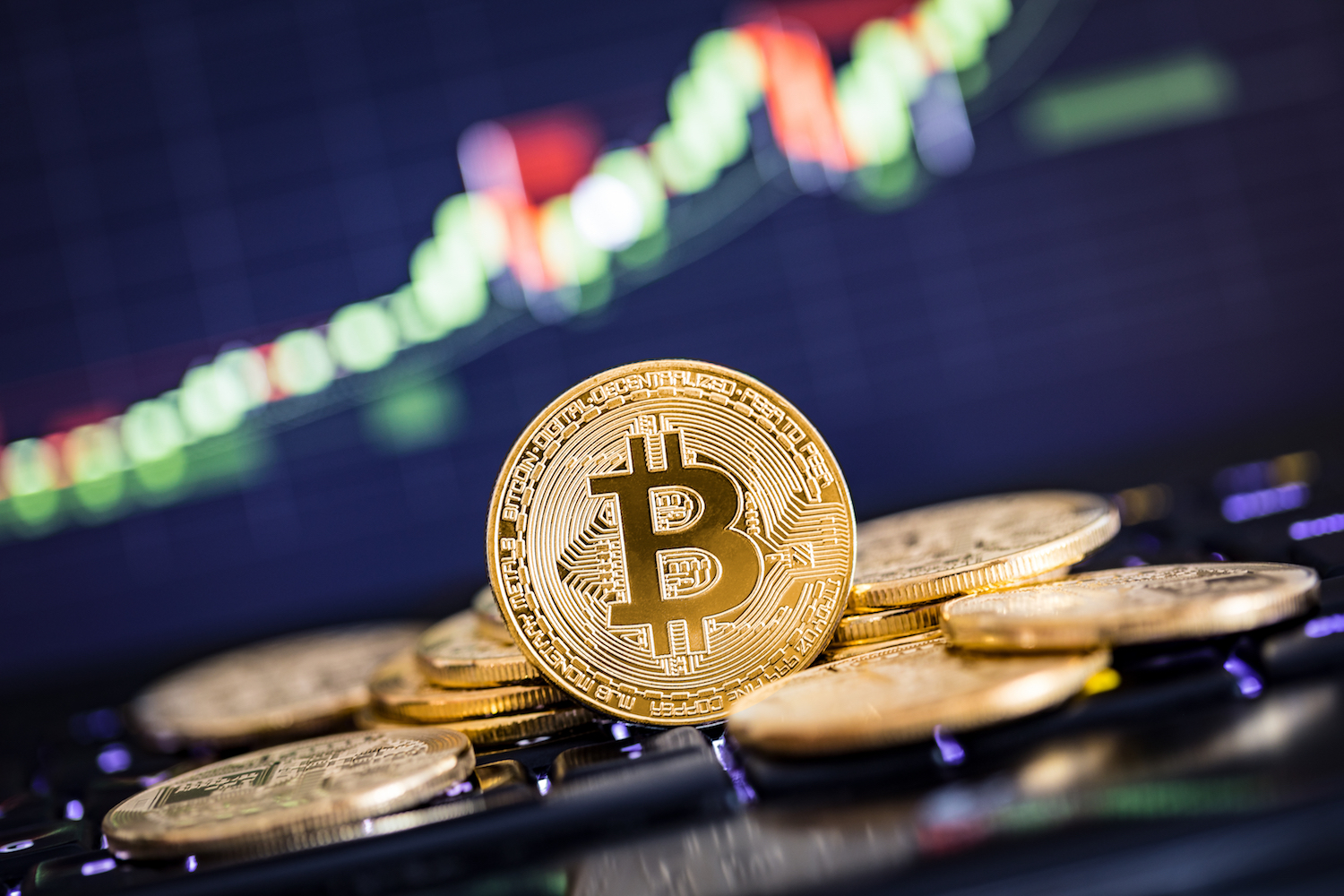How Cultural Differences Drive User Adoption in DeFi
Despite being virtually identical products at launch, SushiSwap and Uniswap have taken divergent paths as they respond to users, says Multicoin’s principal.

How Cultural Differences Drive User Adoption in DeFi
At the end of 2020, I wrote about the cultural differences of Eastern and Western crypto communities. As we kick off 2021, I’d like to unpack the story of SushiSwap and Uniswap and build on the theme of how cultural differences can explain why both ultimately succeeded, despite being direct competitors with virtually identical products.
When SushiSwap first launched at the end of August, 2020, there was a lot of speculation about the intentions behind the forked project. Some thought it was a jab at the fact that liquidity is not a moat, while others thought it was actually a clever move to “front-run” Uniswap’s forthcoming $UNI token. Crypto Twitter at the time was also wed to the narrative that “community-backed projects,” a notion that emerged when Yearn and YAM launched, were superior and more incentive-aligned with users. The “fair launch” narrative was also gaining footing as anti-VC rhetoric grew in the wake of Yearn’s YFI launch.
Mable Jiang is a principal at Multicoin Capital, a thesis-driven investment firm that invests in cryptocurrencies, tokens and blockchain companies. She is based in Hangzhou.
Disclosure: Multicoin Capital owns $SUSHI tokens.
As a China-based team member of a U.S.-based investment firm, I spend a lot of time trying to understand differences in opinion across Eastern and Western cultures. I see the story of SushiSwap and Uniswap as another example of the stark differences between the east and the west in crypto. Viewed through this lens, it explains why both projects ultimately found product-market fit and are both growing, despite adopting strikingly different go-to-market approaches.
Uniswap vs. SushiSwap
Uniswap was the first breakout automated market maker (AMM), a tool that allows users to trustlessly trade crypto assets without a counterparty or an order book. Uniswap got serious attention as it grew, and raised several rounds totaling $11 million from big investors including Paradigm, a16z Crypto, USV, Version One, Variant, Parafi Capital, SV Angel and A.Capital. With its reputation for innovation, VC legitimacy and sleek user experience, Uniswap was able to attract many early decentralized finance (DeFi) adopters.
There are actually a lot of parallels between Uniswap and Coinbase – I’ll come back to this several times throughout this essay. Coinbase can be credited with pioneering crypto trading in the U.S. It also prioritized user experience (UX) and invested in building legitimacy.
SushiSwap, on the other hand, forked Uniswap’s open-source code and quickly growth-hacked its way to hundreds of millions of dollars of value using a variety of incentivization campaigns. It now commands a significant market share, despite the dominance of Uniswap. Rather than Coinbase, SushiSwap reminds me more of Binance, which also did not come to market early but nonetheless was able to capture a significant market share.
How is it possible projects can just copy another and still succeed?
The answer lies in the cultural differences between the development teams and the users for whom they build products.
Different products for different regions
Uniswap is known for being laser-focused. While it had the capital and research resources to work on many other DeFi primitives, the team intentionally chose to concentrate on building the ultimate AMM. The simplicity behind its minimalist front-end helped emphasize its brand and establish it as the fastest and easiest place to trade crypto, much in the same way that Google’s homepage focuses user attention on a single action. Coinbase adopted a similar approach. Its design is also clear, friendly and obviously meant for American retail users.
SushiSwap chose a completely different approach. It started by forking Uniswap – both front- and back-end – with only one product difference: liquidity farming. Had SushiSwap stopped innovating, it probably would have died from a lack of differentiation. But, since then, SushiSwap has grown from a pure AMM to a robust suite of protocols. It is now a DeFi network in its own right.
Look at the SushiSwap site. In addition to the basic AMM on the sidebar and the “Quick Swap,” you also see Onsen, a rotational reward program that incentivizes new liquidity providers and allows people to vote for new pools. The team is also about to launch BentoBox, which will enable alts pairs for isolated margin trading. Unlike its Western counterparty, all these efforts mirror Binance’s strategy: creating a comprehensive suite of trading tools that encourage users to stay within an ecosystem, that foster loyalty and that capture value via the platform token.
While American users may find Binance’s user interface (UI) overwhelming, Asian traders usually prefer a more condensed UI with more options on a single page. Seemingly trivial, these design trade-offs actually signal very different things to very different user bases, which is also how SushiSwap differentiates from competitors by catering to power users who want more features accessible in a single click.
Meticulous production vs. fast iteration
When Uniswap launched in 2018, it focused on optimization (e.g., lower gas, open-source mobile front-end, etc.). It delivered version two in May 2020, which added features like arbitrary ERC20/ERC20 pairs, TWAP oracles and flash swaps. The Uniswap team is very deliberate in what it builds. Very few people have a view into its roadmap. Similarly, Coinbase, over its years of product iteration, shares the same tradition. It doesn’t update or list new tokens often, but when it does it’s impactful.
SushiSwap has taken a very different approach. Because SushiSwap was founded as a “community-initiated” project, a lot of decisions were made via public voting, including whether to hire a developer and how much to pay. As a result, the core team members have always been keen to get feedback from the community, and are hyper-responsive in Discord.
Again, there are lots of parallels to Binance. The senior management of the Chinese exchanges often make themselves available to retail traders in group chats. The products, consequently, are adjusted quickly based on the community’s feedback. There is a clear culture of transparency, community and rapid iteration. Binance and SushiSwap are similar in wanting to deliver what the users want as much as possible, even if the request comes from a small group of vocal individuals.
Brand or business development
As more DeFi tokens were created over 2019 and 2020, decentralized exchanges (DEX) and AMMs quickly became the preferred launch venues for new tokens. Uniswap, as the first mover in this category, naturally attracted a significant share of these tokens. The simplicity of the product itself, plus the first-mover advantage, made it an easy decision for projects to launch their liquidity on Uniswap. SushiSwap, as a fast follower, did not have the same luxury. It realized it had to compete on an asset-by-asset basis via focused outreach.
The SushiSwap team subsequently adopted a strong business development culture, one where the core team tried to partner with many other partners in order to drive liquidity and volume (by providing better incentives and support either for new token to launch at SushiSwap or for existing projects to move their liquidity over). If Uniswap served the basic on-chain trading needs of the masses, then SushiSwap optimized its solutions for specific and vocal niches, including more sophisticated traders and token issuers.
As I wrote previously, in China, partnerships and trust are even more important to most users than in the U.S. because there is inherently a higher requirement of trust among people in China. I suspect that SushiSwap will attract a significant share of the Chinese retail user base by effectively listening to the community and signaling via strategic relationships.
Binance is also well known for partnering to develop trust. Most of its regional products and communities are the direct result of effective partnerships.
Despite being birthed from the same code, these products have attracted different users and are evolving into very different solutions. This divergence will continue as users’ behaviors and patterns further influence the direction and roadmap of each project.
Although DeFi is a global phenomenon, and liquidity is global, it’s clear that regional and cultural differences still play an incredibly important role when it comes to the success or failure of any given project. As investors evaluate the vast landscape of tokens, they would be wise to pay special attention to the cultural differences and the cultural strategies projects employ.









